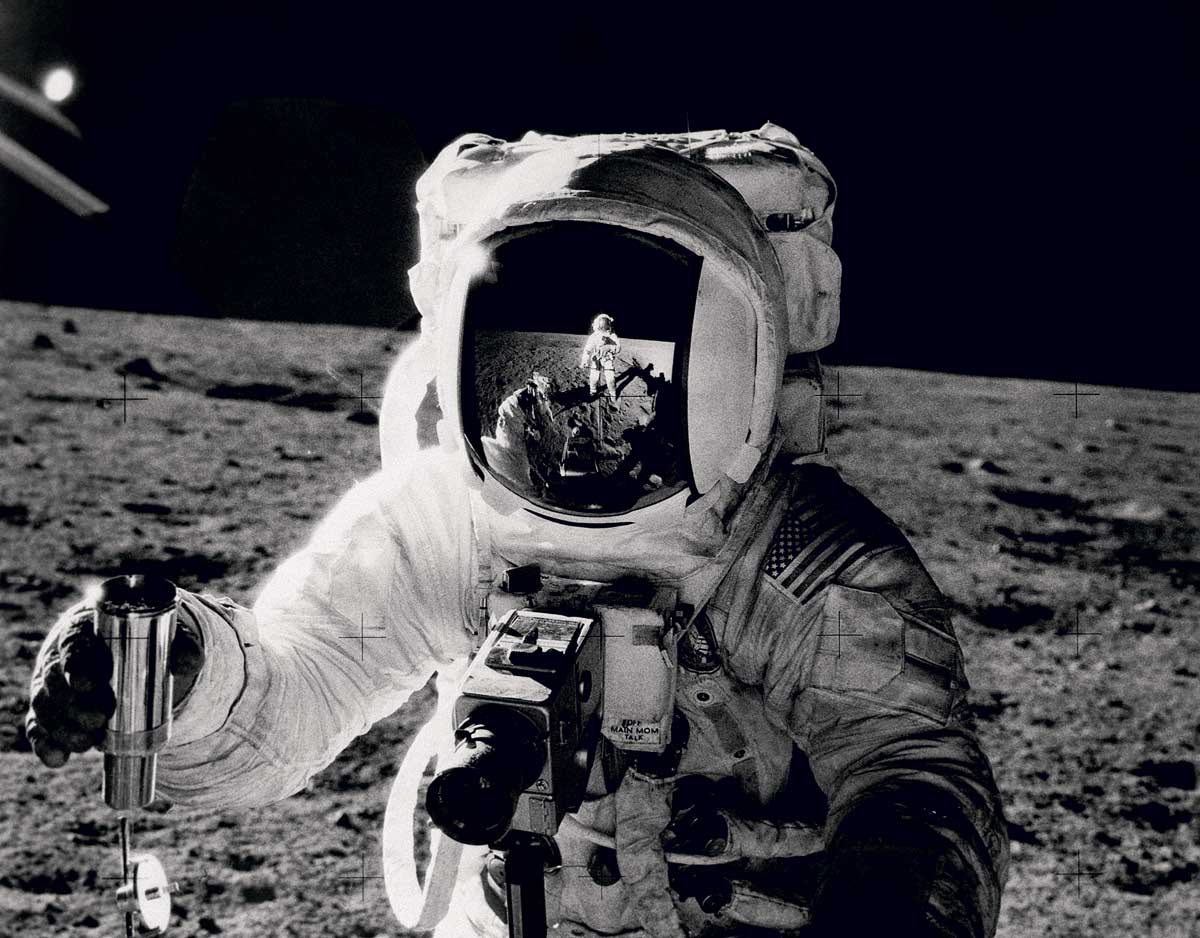A Perfect Landing | History Today - 2 minutes read

Pete Conrad was confused. One minute he was commenting cheerfully on a ‘lovely lift-off’ and the next the master alarm was blaring through his headset. He was the only one on board who had seen the flash outside but, as the three crew members scrambled to work out what was wrong, he still did not know what it was.
Conrad was born to fly. Only Dick Gordon, now sat to his right, could claim to be as talented. An ace in the simulator, Conrad weathered everything thrown at him with wry humour and a casual confidence that belied just how serious he was about his mission. But none of the simulations had been like this. Still, there was only a hint of concern in his voice as he watched the instrument panel light up and relayed to his Houston colleagues: ‘We had everything in the world drop out.’
He wondered aloud whether the flash outside had been lightning, and he was right. As Apollo 12 shuddered vertically from the ground, it had been struck twice. The ionised gas expelled by its Saturn V rocket as it was propelled upwards trailed down all the way to the launch pad. Heavy rains and possible storms earlier in the day had jeopardised the mission and, with the world’s longest lightning rod hanging off them, it took only 36 seconds for Apollo 12 to attract a bolt. The electricity surged through the rocket and the tower below, sending the command module’s computer into chaos. Conrad missed the second strike that, 52 seconds in, wiped out navigation.